https://watakuwa1911.com/1348/
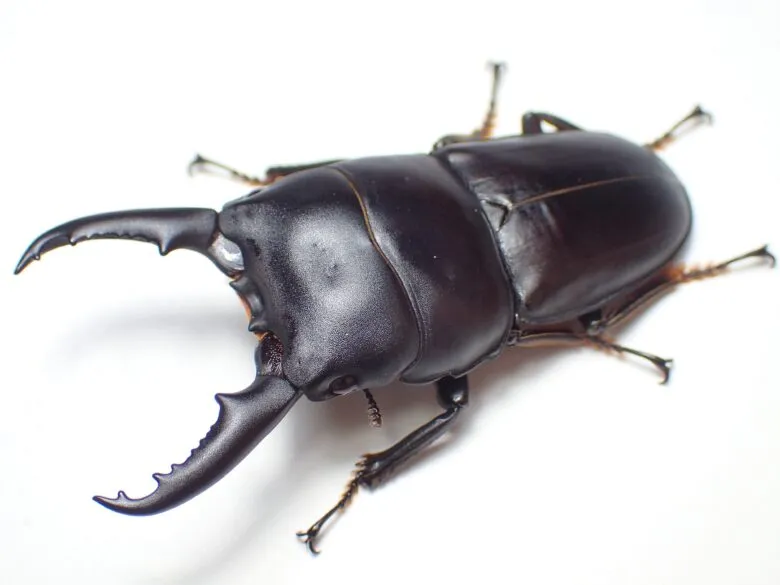
Japanese name: Intermedius flat stag beetle (original subspecies)
Scientific name: Dorcus intermedius intermedius (Gestro, 1881)
Distribution: New Guinea, Biak Island, Nunfor Island, Kars Island,
New Britain Island, New Ireland Island
Wild rarity: Average ★★☆☆☆☆
Size: Male 30.4-55.8mm Female 23.0-26.0mm
Breeding record: 59.6mm (2008) *Be-kuwa reference as of 2022
Wild record: 55.8mm *Be-kuwa reference as of 2022
Difficulty of breeding: Somewhat easy★★☆☆☆☆
Breeding temperature: 18-26℃
Adult lifespan: About 6 months to 1 year?
Larva period: About 6 months to 1 year?
remarks
The stag beetle family, which is widely distributed throughout the islands around New Guinea and the Solomon Islands, appears to be broadly divided into three subspecies. Roughly speaking, there is the original subspecies found around New Guinea, the pilosipes subspecies found in the Solomon Islands, and the separandus subspecies found on Manus Island (Admiralty Islands), which is known as the largest subspecies .
The original subspecies tends to have shorter and thicker jaws than other subspecies, and is also characterized by a weak luster. It is not widely distributed or well known, but recently many individuals from Alfak have been imported, mixed with the Papuan golden stag beetle and the Papuan flathead beetle. At one time, the Solomon Islands subspecies was also imported live, but it seems that the largest subspecies from Manus is difficult to obtain live.
Regarding breeding, since it is a minor species, there is too little information to research, so I cannot say for sure, but I think it will probably be bred and raised in the same way as the general flat-headed stag beetle. As for larvae, it seems that it is difficult to produce large specimens, just like the Papuan flat-headed stag beetle.
The current record size of 59.6mm (2008) is from New Britain, and the temperature was changed three times in the culture bottle, around 10℃ in winter and around 25℃ in summer, and the larval period was about 11 months. It seems to be strong against low temperatures, but considering that its habitat is at a low altitude and the local temperature , and considering the optimum temperature for it to put on weight, I think that around 20℃ is best, so I would like to verify this.
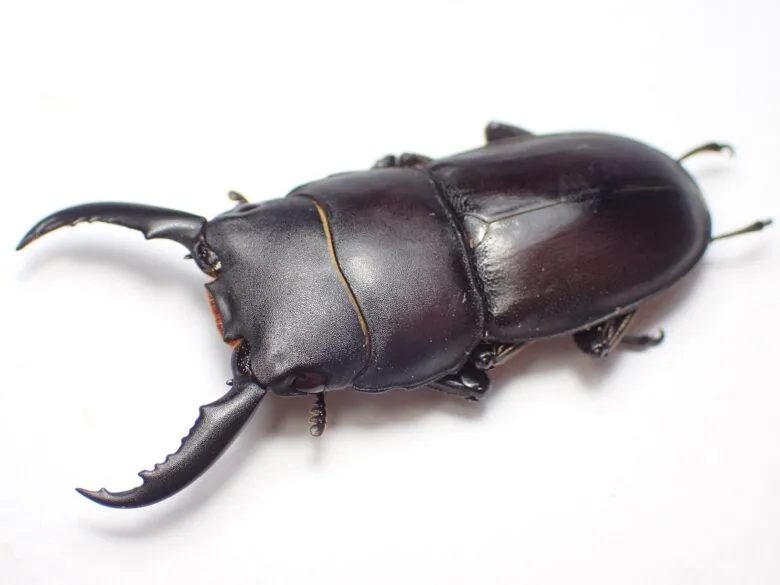

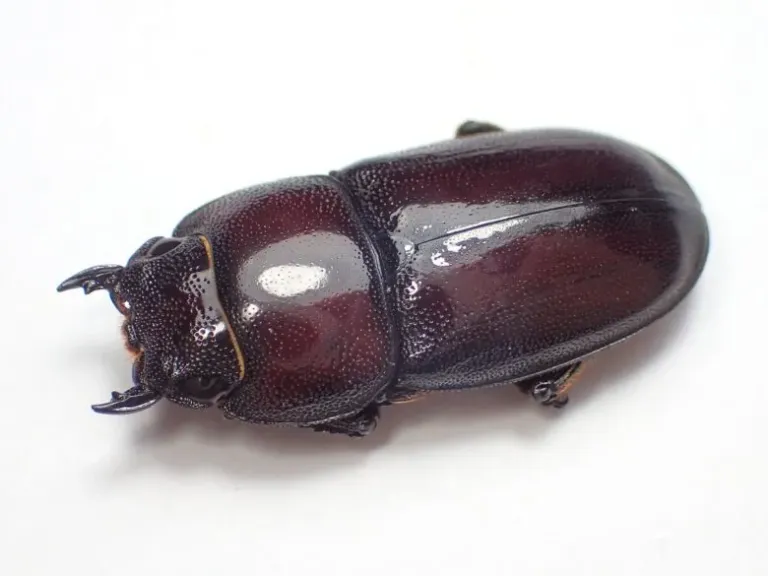
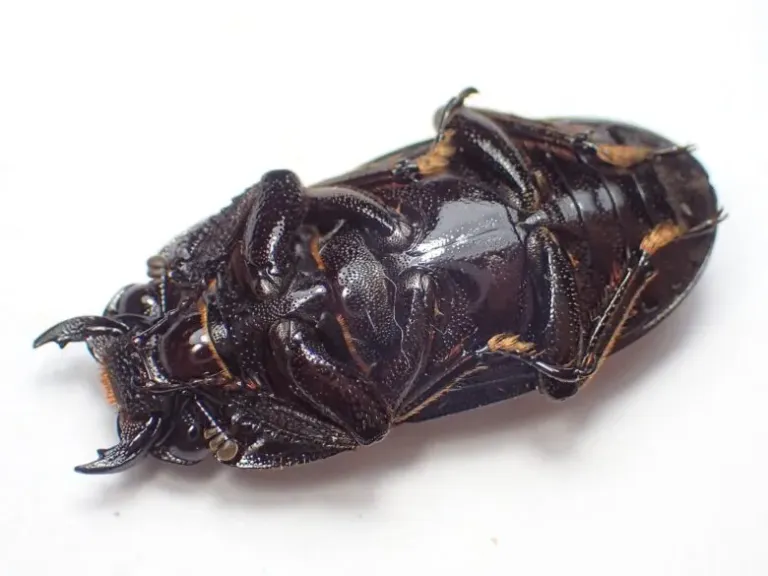
2023/2/23 Obtained a pair of adults
I bought a pair of outdoor free size gloves from Lumberjack Yokohama store that arrived in September last year.
They are made by Alphac and will arrive in September 2022.
They were quite small, measuring 31mm for males and 21mm for females.
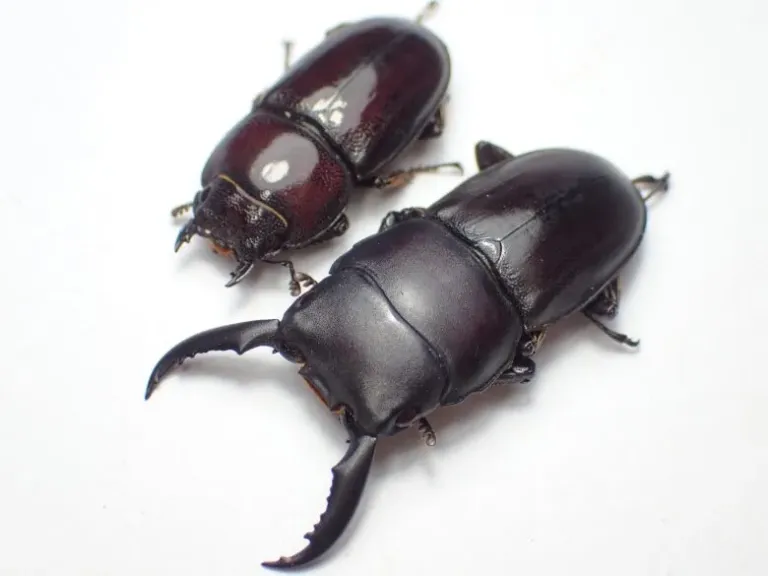
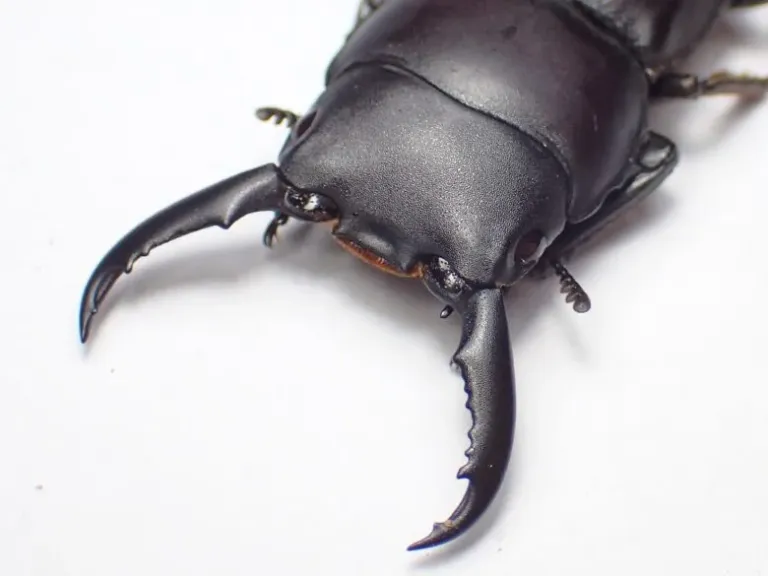
2023/3/11 Egg laying set
Put the male and female into the spawning set as is. The set contains hard-packed spawning No. 1. The capacity is about 4000ml.
The management temperature is about 22 to 24 degrees Celsius.
2023/7/30 Egg laying set separation and mycelium bottle insertion
I started preparing the egg-laying set in March, but it seems that the egg-laying switch did not turn on right away, and it was only in the summer that I was finally able to see the first second-stage larvae. Most of the larvae that were released from the egg-laying set at the end of July were second-stage. They are now individually managed in 800ml Tadanohiratake mycelium bottles. The temperature is still around 22-24°C.
2023/12/5 Latest status of larvae: some have pupated

About five months after hatching, the larvae have begun to make a pupal chamber. This time, it doesn't seem like the females are pupating or emerging first, but rather it seems like both males and females are starting to make a pupal chamber at the same time.
One of the males has pupated beautifully, so I measured its weight.
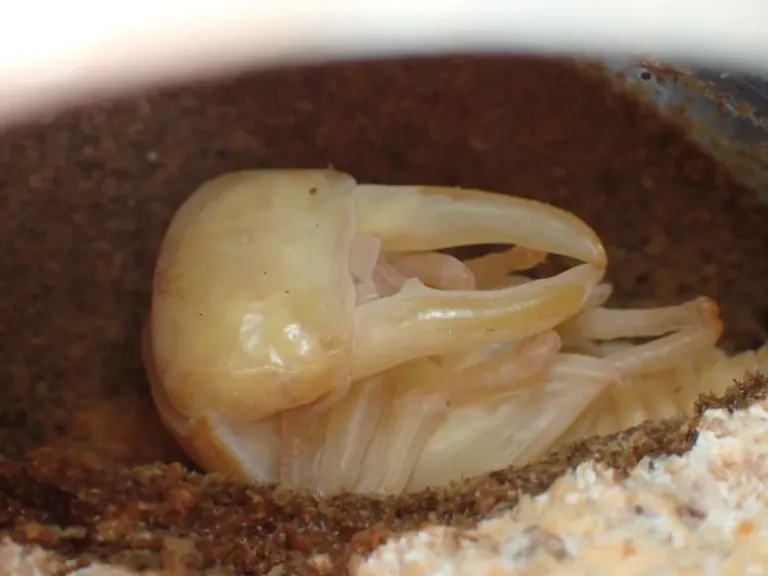

The pupa weighs 6.5g.
I can't say for sure if this is heavy or light, but for reference, the estimated emerging size of a 6.5g pupa of a Japanese flathead is around 53mm. This species seems thinner than the Japanese flathead, so I'm a little hopeful that it will grow a little more, but the record for this species is 59.6mm, recorded in 2008, so it seems difficult to exceed 60mm...
The larval period of less than six months is too early, and since the habitat, Alfac, is a high mountain, it may be better to let it gain weight slowly at a lower temperature (ideally around 20℃?).
For now, I can see that it is in the 50mm range, and it looks like a proper Intermedius specimen will emerge from the wild female, so I am relieved (although sometimes a Papuan flathead will emerge if the female is identified incorrectly...).
2024/2/14 Some newly hatched individuals were excavated

We dug up the adult insects that emerged between January and February and measured their sizes. Click here for a video of the excavation process.
The results were: Male
52.8mm (pupa weight 6.5g)
52.7mm
52.3mm
51.5mm (pupa weight 5.8g)
50.3mm
50.2mm (pupa weight 5.4g)
♀
27mm
27mm
27mm
26mm
26mm
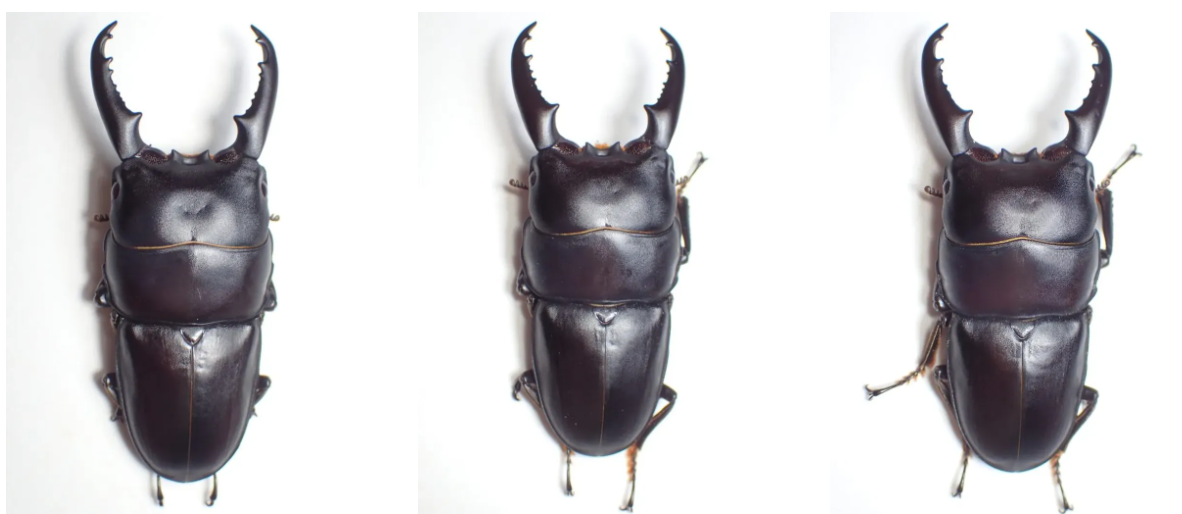
Intermedius hirata♂52.7mm
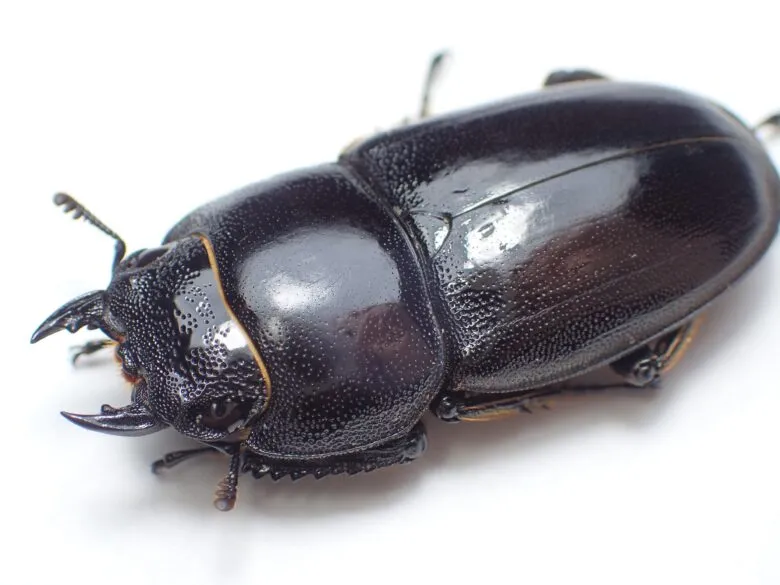
For the time being, I have confirmed the emergence of 11 individuals and measured their sizes, and it appears that all of them have emerged nicely with little variation in size.There are four individuals that have not yet emerged (pupa, pupa, pupa, pre-pupa) and one that has just emerged but is yet to be dug up, but all are males.
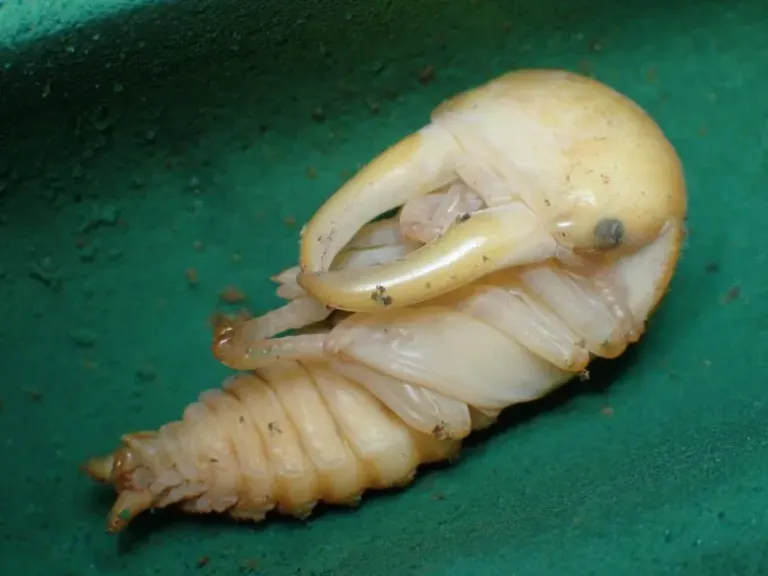






Leave a comment Use WYSIWYG